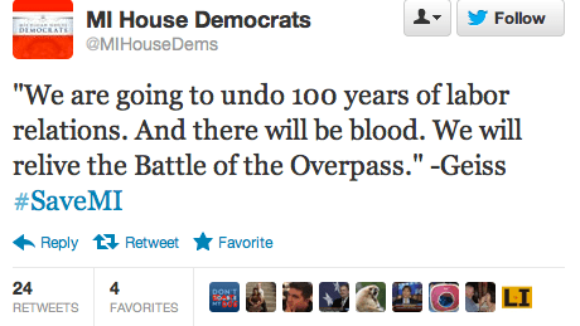Right To Work returns Michigan to the people
Nolan Finley nfinley@detnews.com Union chants echoed off the Capitol dome before the Republican-controlled state Legislature's courageous vote on the right-to-work bill: "Whose house?" "Our house!" Not anymore. The Capitol now belongs to all the people of Michigan. For 60 years or so, labor unions have dominated policymaking and politics in this state. Even as their membership dwindled to a sliver of the work force — 17 percent — their stifling influence over Lansing kept Michigan from adopting the common-sense reforms that would have made it more competitive for jobs and investment. Competitiveness is what Gov. Rick Snyder is all about. His decision to lead the right-to-work push stemmed from his desire to give Michigan every advantage possible in competing with other states for economic development. It was not, as his critics charge, a capitulation to big money GOP interests or a hypocritical betrayal of his commitment to relentless positive action.
